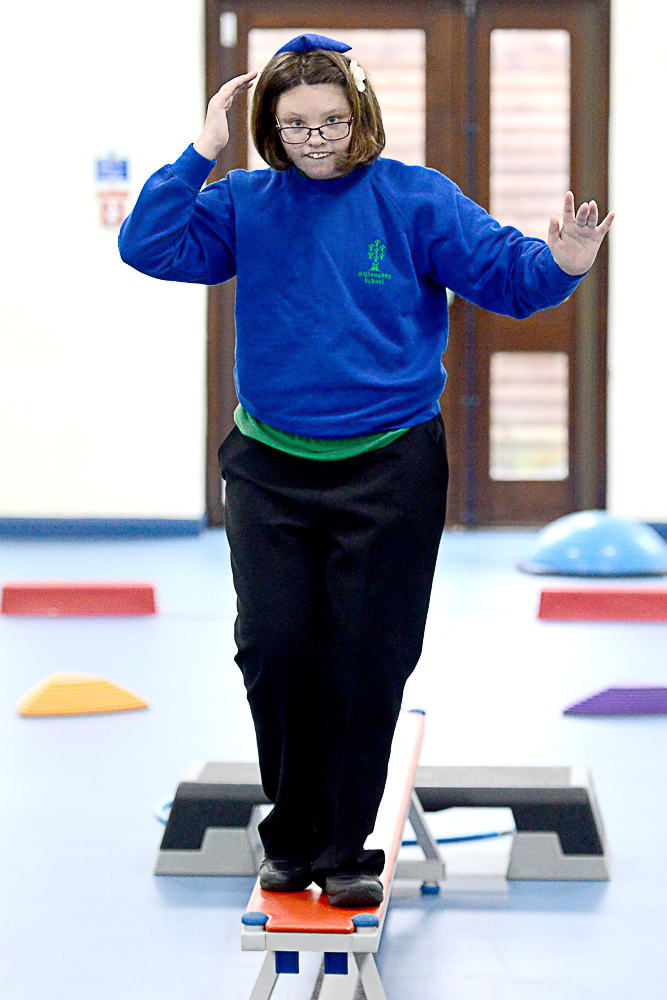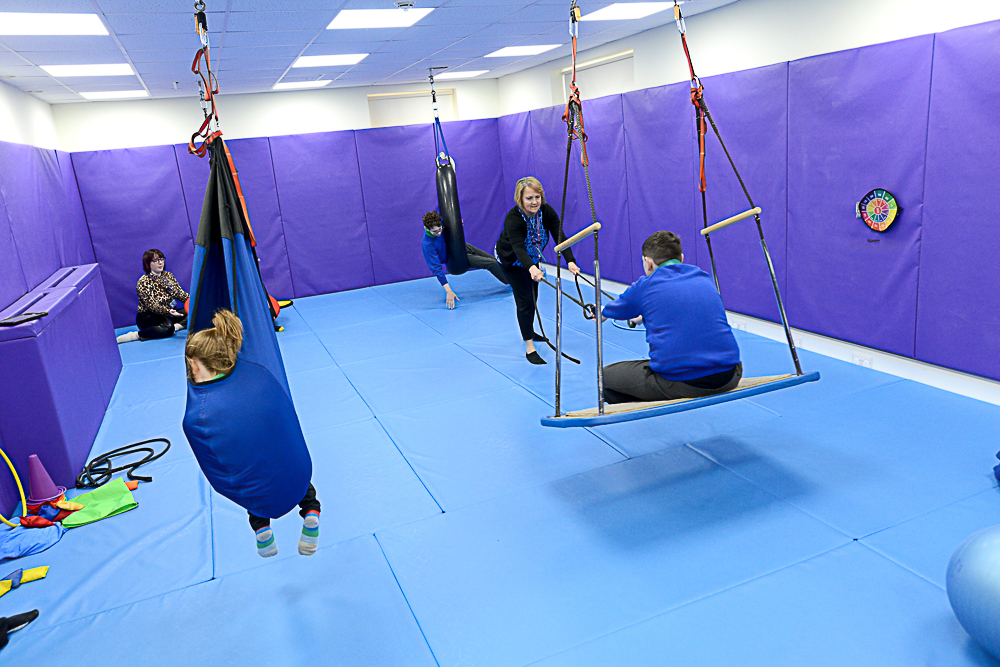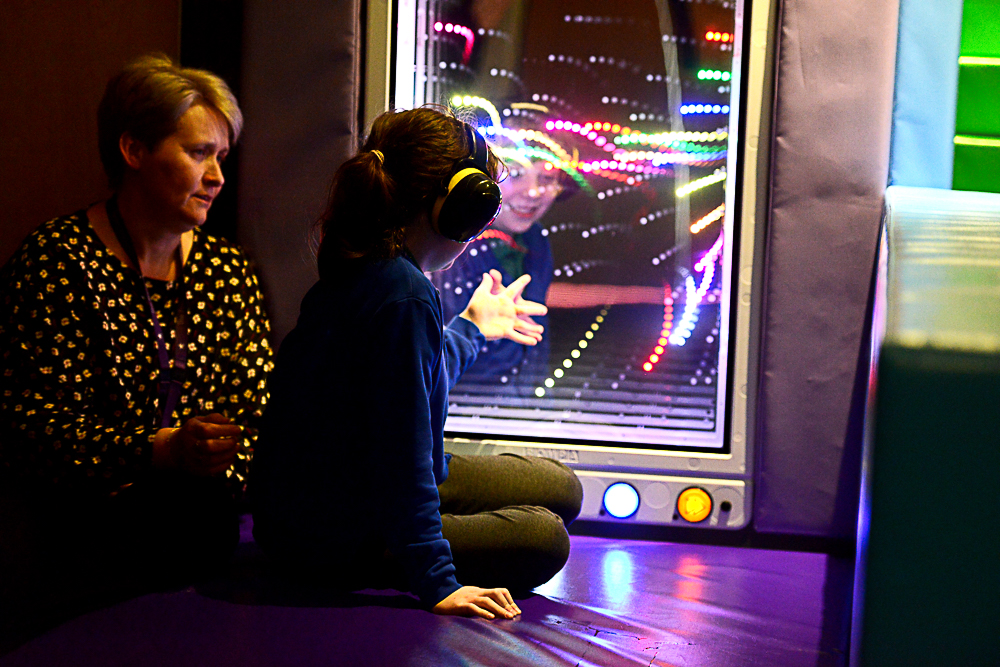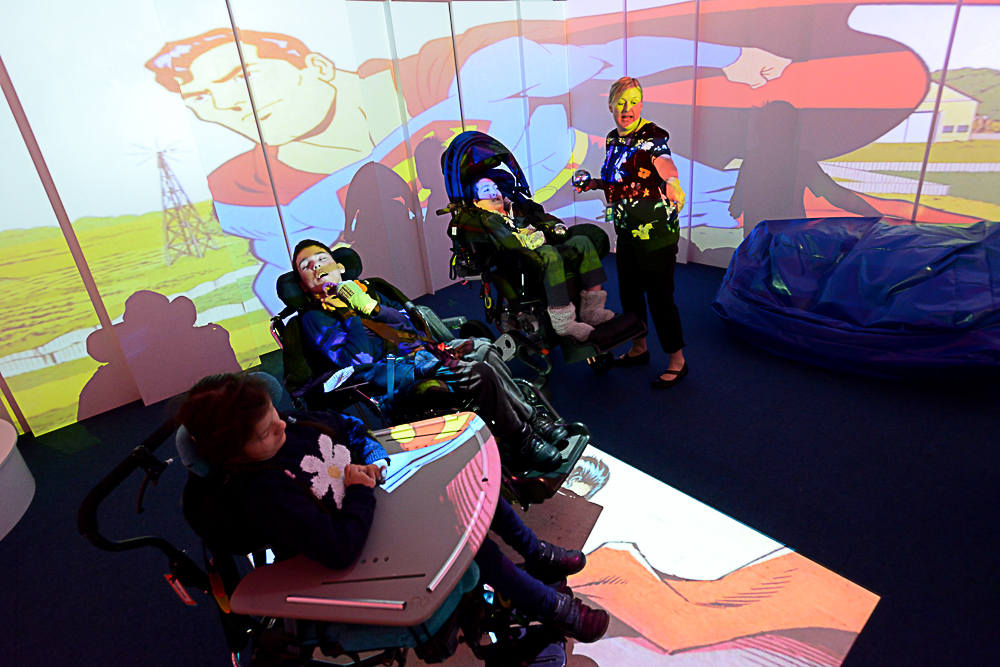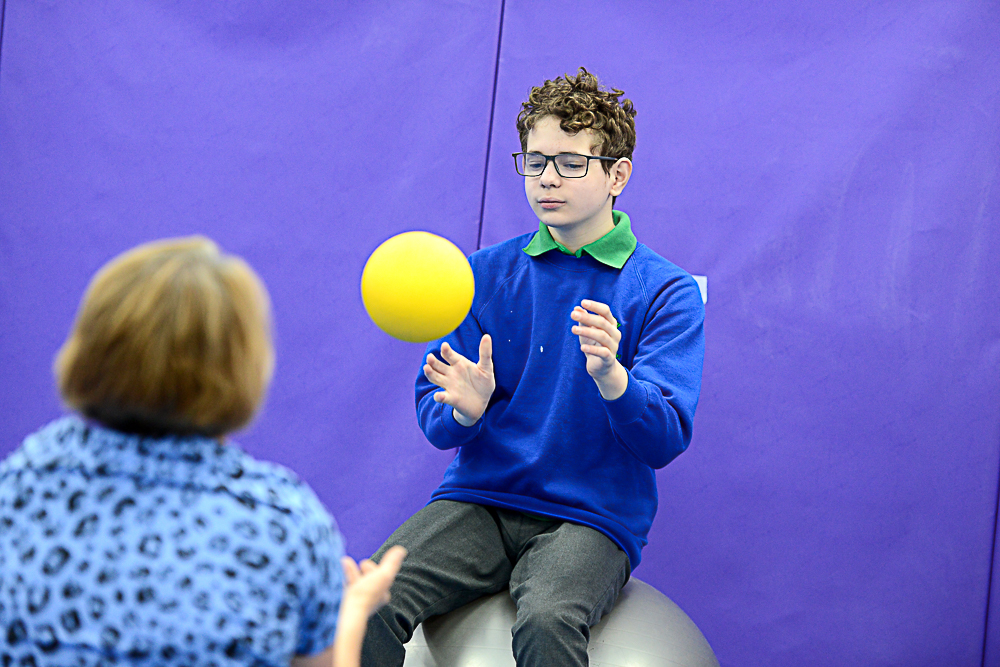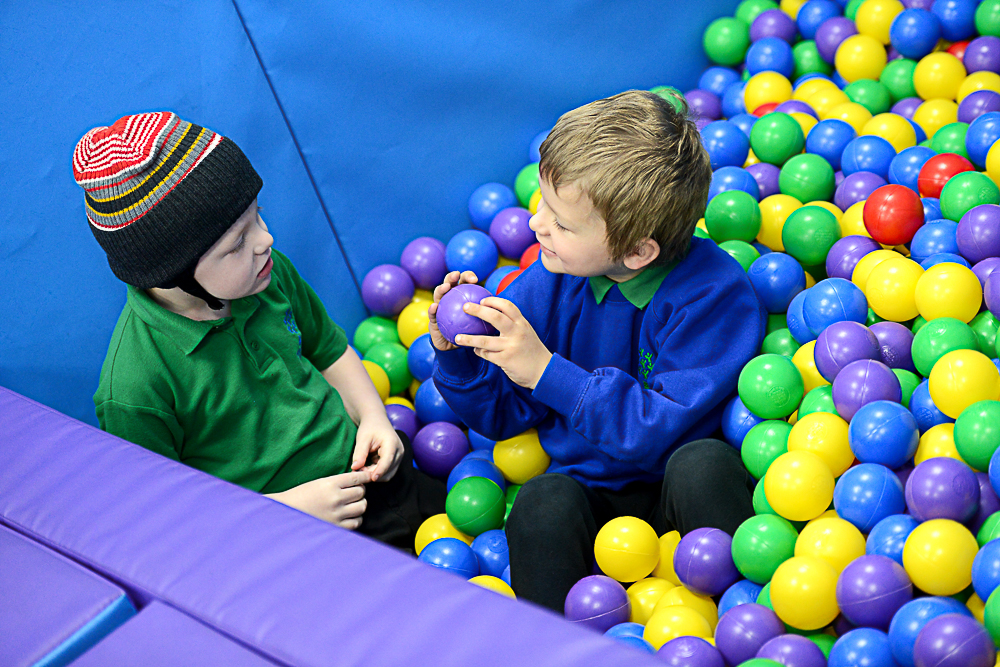Sensory and Physical
Sensory integration at willoughby
Sensory Integration refers to the processing, integration, and organisation of sensory information from the body and the environment. It is how we experience, interpret and react to information that comes into our senses. Sensory Integration is important in things that we do daily such as learning, working, socialising, moving around, eating and getting dressed. We have 8 senses that contribute to the information that we receive:
- Sight (visual)
- Touch (tactile)
- Hearing (auditory)
- Smell (olfactory)
- Taste (gustatory)
- Vestibular (movement, balance and coordination)
- Proprioceptive (body awareness and position)
- Interoception (the internal sense, what is happening inside the body)
For some children, the senses are not appropriately integrated and difficulties arise for them in how they interact with their activities of daily living. At Willoughby we are committed to offering our students opportunities for sensory regulation and to work on developing sensory integration within the school environment. We endeavour to ensure that students sensory needs are met before and during learning taking place.
Aims of Sensory Integration provision at Willoughby:
- To offer a sensory based curriculum throughout the school that all children can benefit from.
- To offer access to a Sensory Circuit each morning that provides an opportunity for children to engage in activities that enable them to be appropriately alert, learn and practice organisation for task completion and undertake calming activities.
- To offer access to a Sensory Integration space with suspended equipment that provides opportunities for vestibular and proprioceptive sensory input.
- To offer access to a Multi Sensory room that has the option to offer a multitude of sensory experiences.
- To have classrooms that are sensory friendly and have access to appropriate and necessary sensory equipment e.g. gym ball, wobble cushion, rocker chair etc.
- To offer regular sensory movement breaks for students to self-regulate before returning to their learning.
- For staff to have access to a qualified Sensory Integration OT in school to provide advice and support where required.
Physical Education at Willoughby
At Willoughby Academy, we believe that physical education, experienced in a safe and supportive environment, is vital and unique in its contribution to our student’s physical and emotional development and health. The physical education curriculum aims to increase student’s self-confidence through an ability to manage themselves successfully in a variety of situations. The PE national curriculum is used as a guide to ensure a broad and balanced curriculum is delivered and ensuring continuity and progression.
At Willoughby Academy we have a responsibility to offer all pupils a broad and balanced curriculum that is appropriate for their needs, levels of learning and promotes lifelong involvement in physical activity. Through lessons that are planned and adapted to the needs of our children each child is suitably challenged to improve their gross and fine motor skills whilst also engaging in vigorous exercise. We also see the value in developing the whole person and therefore always emphasise the need to have a focus on their personal, social, moral and emotional well-being.
Aims of Physical Education at Willoughby Academy
• To provide opportunities for vigorous exercise and the development of core physical skills throughout the school week.
• To acknowledge the importance of early developmental skills of agility, balance and coordination, which are the foundation stones for all other learning
• To maximize on pupil’s individual abilities and self-esteem, and to promote working in pairs and teams.
• To develop increased confidence and competence in a range of activities
• To teach pupils to plan and evaluate their actions and performance
• To create challenging and engaging activities, appropriate to pupils’ individual needs and abilities.
• To promote independence and safety in different areas of the school.
• To create a positive attitude towards an active and healthy lifestyle
•To help embed values such as teamwork, respect and fair play.

